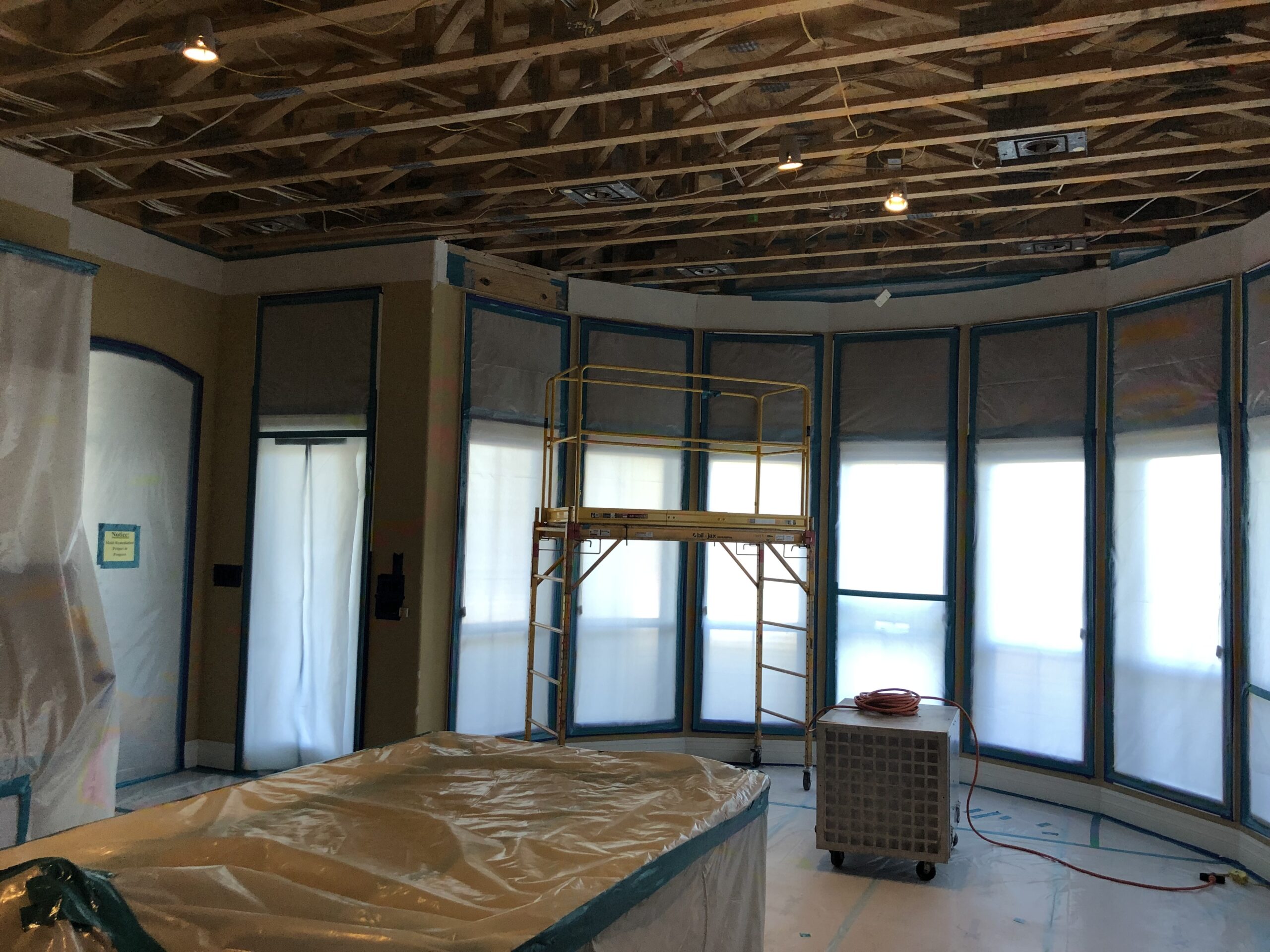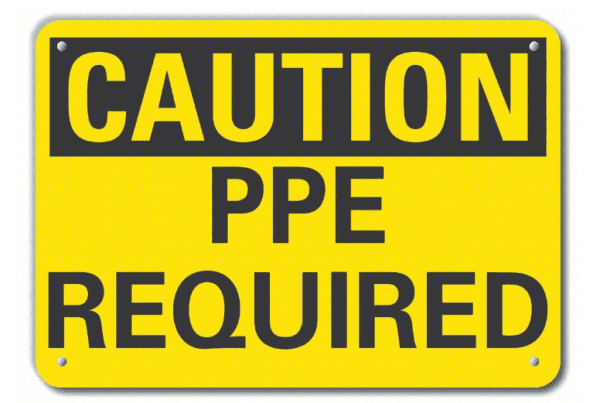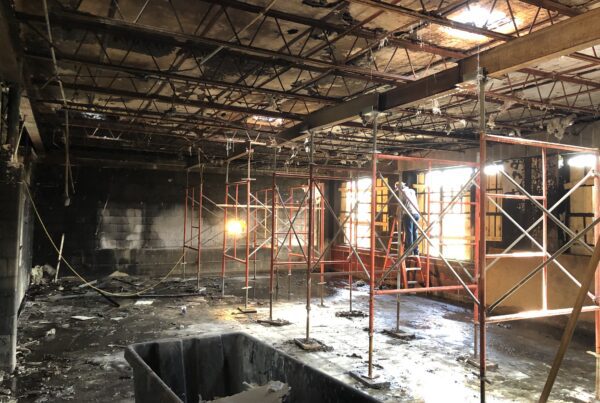Restoration terms are more than likely unfamiliar to many home owners or commercial property owners. Restoration is a process that is utilized when property damage occurs to property and the jargon that goes along with it can be difficult to understand. Having a better understanding of the language used during the restoration process will lead to a more successful project. Below is a list of common terms that could be used during the restoration process.
Actual Cash Value – A measure of monitory value, arrived at by calculating the replacement cost and deducting some portion of the value for depreciation.
Air Mover – A powerful air circulator device that offers multiple positioning options to aid in the dry out process.
Air Scrubber – A device or system for removing contaminants and odors from an air stream; a high-volume air mover connected to a HEPA or carbon filter as to remove particulate materials and odors from the air. A way of cleaning the ambient air within a building.
Allowance – Funds allotted as a reimbursement or deduction for some action or condition.
Authorization – Permission to perform some action, provided by an individual empowered to grant it.
Change Order – A written order to a contractor, signed by the owner or authorized agent as an addendum to a contract, authorizing a change or addition in the work. The original contract usually defines the payment terms and conditions under which change orders will be accepted and performed.
Dehumidifier – A device which removes water vapor from the air. Refrigerant dehumidifiers use coils to chill air below the dew point, collecting the condensate in a receptacle: or drain; desiccant dehumidifiers collect moisture on a moisture-extracting: medium and discharge moist air to the exterior.
Delaminate – The separation or detaching of a layer from a previously adhered composite.
Depreciation – A deduction from replacement cost to reflect the lessened value from age, use, wear and tear, obsolescence, or other departure from pristine condition.
Like Kind and Quality – Equivalent in type, function, and value, but not identical, to another item.
Scope, Scope of Repair – The extent of repairs required after a damage incident; a complete, detailed listing of the repairs required to remedy damage at a specific site, prepared by a contractor, restorer or other individual experienced in evaluating damage.
T&M – abbreviation for Time and Materials. A method of calculating charges by recording the hours worked, labor rates, material costs, and subcontractor charges.
Work Authorization – A document signed by a property owner or agent and delivered to a contractor, requesting that the contractor perform damage repairs and accepting responsibility for paying the contractor for the work; usually the document directs an insurer to pay the contractor or include the contractor as a payee on any check or draft issued for that claim.
If you ever experience property damage, make sure and hire a licensed restoration company. They will have the knowledge and experience to help walk you through the restoration process. Also, never be afraid to ask questions if you do not understand the steps in the process or terminology that is being used. Until next time my friends, be prepared and stay safe.
Reference: “RIA Glossary of Damage Restoration Terms”





